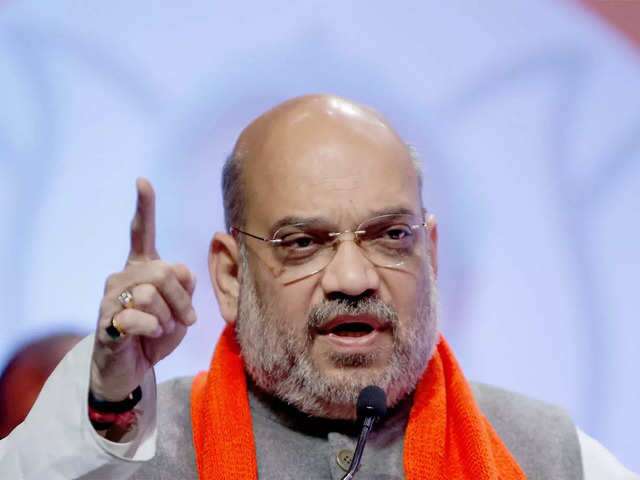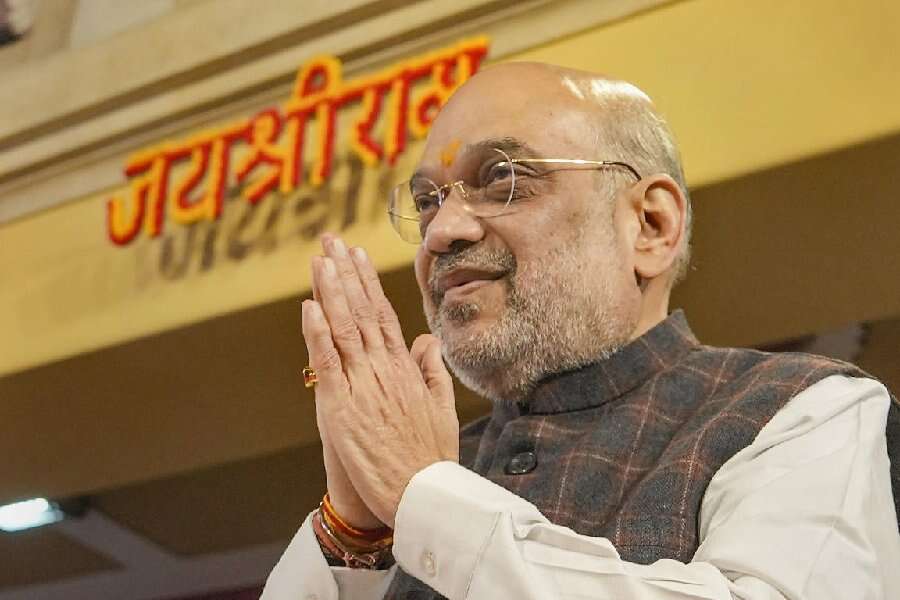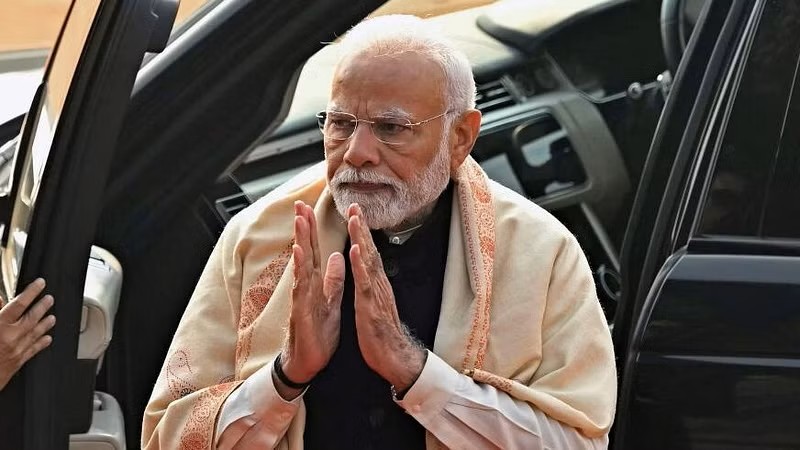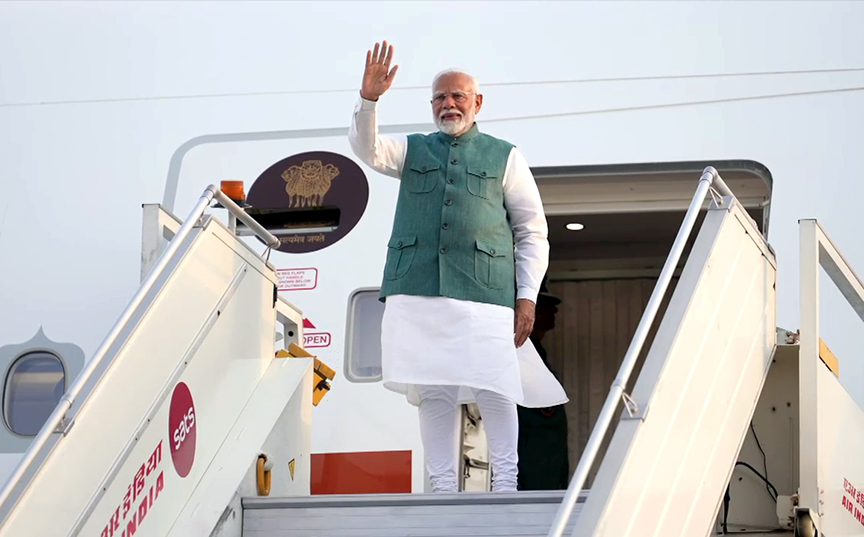The Lok Sabha resonated with historical echoes and spiritual aspirations as Union Home Minister Amit Shah spoke about the construction and consecration of the Ram Mandir in Ayodhya. His address transcended a mere political statement, weaving a narrative that intertwined ancient history, cultural significance, and contemporary achievements.
 Shah acknowledged the centuries-long struggle for the temple, expressing gratitude to countless generations who kept the faith alive. He described January 22, 2024, as a “historic day for ten thousand years,” marking the culmination of centuries of yearning and legal battles.
Shah acknowledged the centuries-long struggle for the temple, expressing gratitude to countless generations who kept the faith alive. He described January 22, 2024, as a “historic day for ten thousand years,” marking the culmination of centuries of yearning and legal battles.
He emphasized the deeper significance of the Ram Mandir, calling it a symbol of India’s spiritual consciousness and the beginning of a “Great India.” He viewed it as a stepping stone towards establishing India as a “Vishwa Guru,” a beacon of moral and spiritual guidance for the world.
Shah delved into the character of Lord Ram, describing him as the soul of India and the embodiment of ideal living. He stressed the universal appeal of the Ramayana, transcending religious and regional boundaries. The construction of the temple, he claimed, is not just about a building, but about reestablishing the values Lord Ram represents.
He lauded Prime Minister Modi’s role in this journey, painting him as a sensitive, dedicated leader who fulfilled the nation’s aspirations. He highlighted Modi’s commitment, including his 11-day fast before the consecration, as a mark of his devotion and leadership qualities.
Shah emphasized the peaceful and democratic nature of the movement, showcasing it as an example of patience and perseverance within the legal framework. He credited the “140 crore people” for choosing Modi and contributing to the “social unity and cultural renaissance” witnessed through the Ram Mandir project.
While celebrating the achievement, Shah’s message did not solely dwell on past victories. He subtly alluded to present challenges, referencing India’s economic rise, border security, and leadership on diverse issues. He implied that the Ram Mandir consecration signifies a renewed spirit and determination to address these challenges with the same resolve.
This address was more than a political statement; it was a glimpse into the complex interplay of faith, history, and national aspirations in contemporary India. It resonated with millions who saw the Ram Mandir not just as a structure, but as a symbol of cultural identity, collective aspirations, and a potential turning point for the nation.




